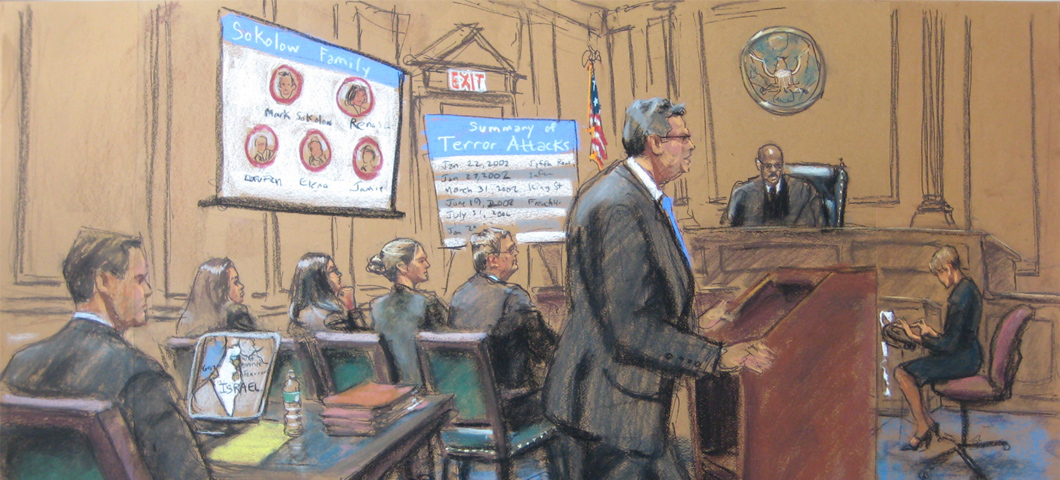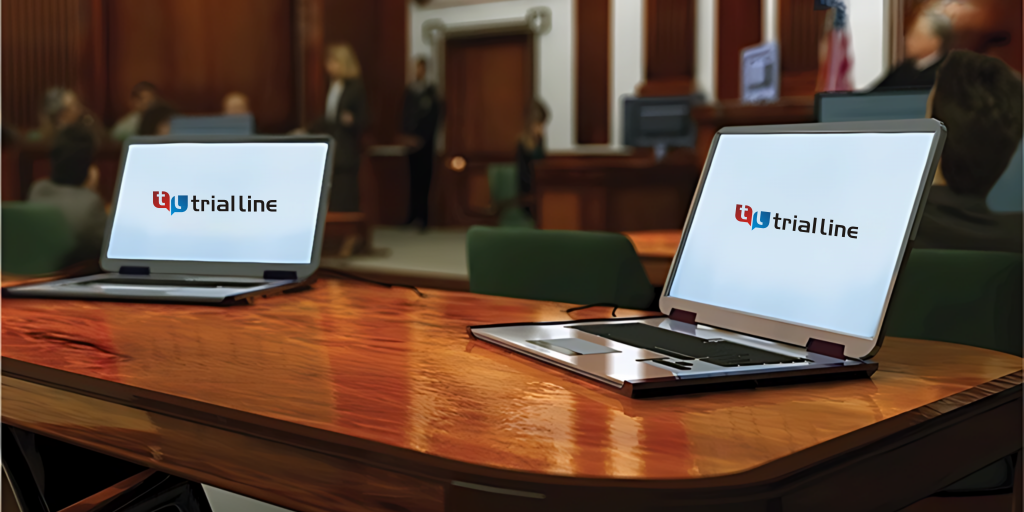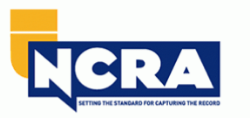Well-structured trial presentations help win cases.
Well-structured trial presentations help win cases.
Blog Article
Exactly How Test Presentations Enhance Your Argument and Persuade Jurors
Trial presentations act as a crucial mechanism for improving lawful arguments and persuading jurors. By incorporating aesthetic help, narrative structures, and emotional engagement, lawyers can develop an engaging situation that reverberates on several levels. The tactical use of visuals not only makes clear intricate info however likewise catches jurors' interest more effectively than words alone. However, the art of narration plays a similarly essential duty in changing accurate evidence into a compelling narrative, forming jurors' assumptions - trial presentations. Comprehending these elements can considerably impact trial end results, elevating the concern of exactly how each component adds to this intricate dynamic.

Value of Visual Help
Visual aids play a critical function in enhancing the performance of trial discussions, as they can substantially enhance audience involvement and retention of info. In the context of a trial, where jurors are entrusted with handling complex details, visual help offer to simplify and clarify vital factors. Graphes, graphs, and images can share information and concepts that might or else overwhelm or confuse jurors, enabling an extra simple understanding of the evidence presented.
Moreover, aesthetic aids assist in preserving juror focus throughout the process. By damaging the dullness of verbal testament, these tools can stress essential disagreements, making them much more memorable. Reliable visual help can additionally stimulate emotional actions, which can be pivotal in persuading jurors to line up with the speaker's narrative.

Crafting Compelling Stories
A compelling story is vital in test presentations, as it works as the foundation of effective persuasion. It enables lawyers to weave together truths, proof, and psychological elements right into a systematic story that reverberates with jurors. This narrative framework enables jurors to comprehend the intricacies of the instance while assisting them through the attorney's disagreement.
To craft a compelling narrative, attorneys ought to focus on clearness and coherence. Furthermore, the use of vibrant descriptions can produce mental images that assist jurors imagine the events, making the narrative more memorable.
Moreover, incorporating crucial motifs throughout the presentation enhances the core message and aids in retention - trial presentations. The story should not only convey information but also evoke a sense of justice, highlighting the stakes involved. Inevitably, a sound narrative fosters a connection in between the jurors and the instance, positioning the attorney's debate as both credible and engaging, consequently increasing the probability of a positive decision

Engaging the Jury Psychologically
Reliable court interaction hinges on the lawyer's ability to attach with jurors on an emotional degree. This connection can dramatically affect jurors' perceptions and their best decision-making.
Aesthetic help, such as photographs or videos, can better boost psychological interaction, supplying jurors with vivid depictions of the instance's human elements. Crafting a narrative that highlights the struggles and victories of the individuals involved ensures that jurors see beyond the legal disagreements and acknowledge the human effects of their choices.
Moreover, tone and body language play an important function in conveying emotion. An attorney's enthusiastic delivery can click for more reverberate with jurors, strengthening their psychological financial investment in the event. It's important to stabilize sob stories with factual evidence, guaranteeing that jurors feel compelled to act while remaining based in the truth. Inevitably, a mentally engaged jury is most likely to be encouraged, making emotional link a crucial component of efficient trial discussions.
Structuring Your Presentation

The body of the discussion must be practically segmented into key factors, each supported by compelling proof. It is advantageous to make use of storytelling techniques to weave facts into a story that jurors can conveniently adhere to. Visual aids, such as charts and videos, can improve understanding and involvement, aiding to highlight look here important pieces of evidence.
Real-World Study
Checking out real-world study provides vital understandings right into the art of trial presentations and persuasion. As an example, the landmark case of "O.J. Simpson v. The Individuals of California" shows exactly how aesthetic aids and compelling stories can guide jury assumptions. The protection group efficiently employed a method that integrated high-profile specialist testimonies with multimedia presentations, which mesmerized jurors and eventually influenced their choice.
One more significant example is the "McDonald's Coffee Situation," where the complainant's attorneys used graphic pictures of the injuries suffered by Stella Liebeck. trial presentations. This plain visual evidence played a critical duty in sharing the extent of her burns, bring about a substantial court honor. Such situations show that impactful test presentations commonly pivot on the efficient combination of visuals and narration to evoke emotional reactions from jurors
Additionally, the "Casey Anthony Trial" highlighted the significance of narrative coherence and trustworthiness. The prosecution's failing to establish an engaging timeline reduced their influential power, emphasizing the need of a well-structured presentation. Evaluating these cases reveals that effective test discussions call for critical preparation, psychological interaction, and the capacity to reverberate with jurors' values and beliefs.
Conclusion
Trial discussions dramatically boost disagreements and convince jurors through the strategic use of aesthetic help, engaging stories, and psychological interaction. By simplifying complex details and promoting connections with the target market, these aspects create a remarkable and impactful experience. A well-structured discussion equilibriums sob stories with factual proof, eventually resonating with jurors' worths. The combination of these techniques not just influences decision-making yet likewise underscores the relevance of effective interaction in the courtroom.
Report this page